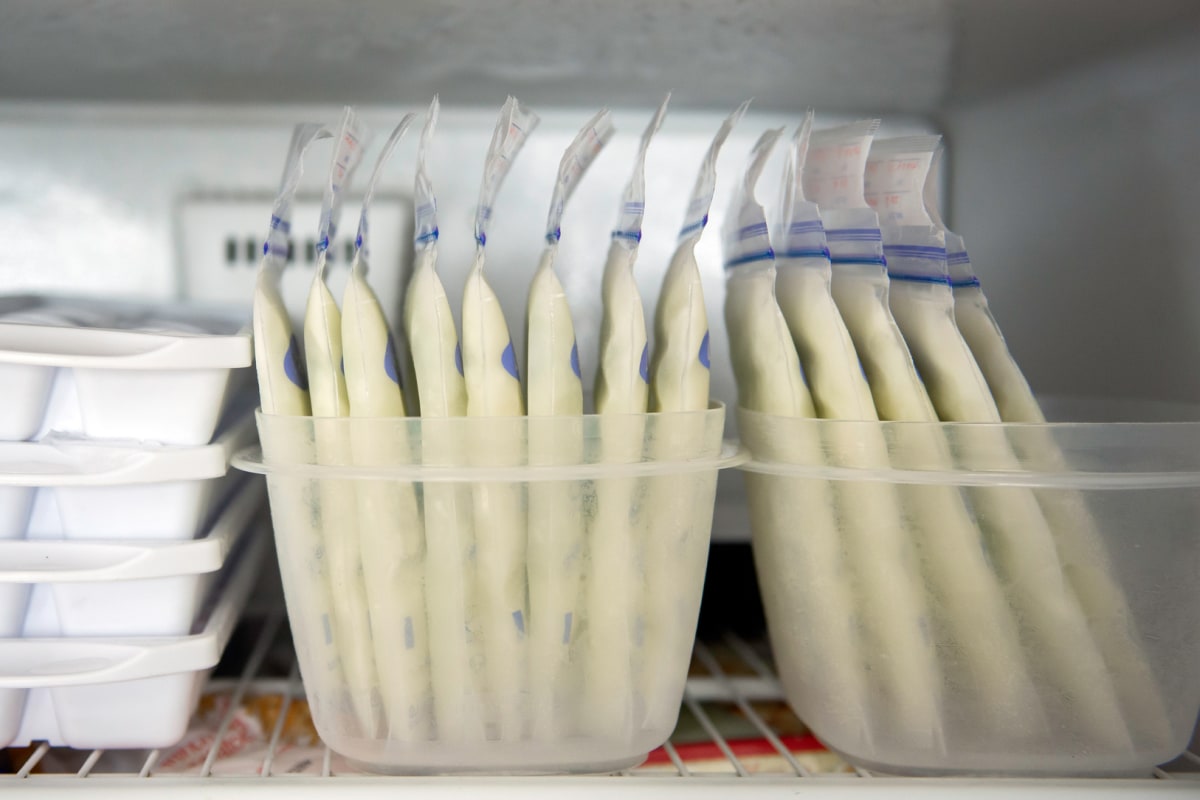

Articles
How Long Can Breast Milk Be In The Freezer
Modified: October 20, 2024
Discover articles on how long breast milk can stay in the freezer and ensure you're properly storing it to maintain its quality for your baby's health.
(Many of the links in this article redirect to a specific reviewed product. Your purchase of these products through affiliate links helps to generate commission for Storables.com, at no extra cost. Learn more)
Introduction
Breast milk is a unique and valuable source of nutrition for infants. It contains antibodies, enzymes, and other essential nutrients that help protect and nourish babies. Many mothers choose to breastfeed their babies, but there are times when they need to store breast milk for later use. One popular method of storage is freezing breast milk.
Freezing breast milk allows mothers to stockpile their milk supply and have a convenient source of nutrition when breastfeeding is not possible or convenient. However, it is important to understand the proper techniques for freezing, storing, and using frozen breast milk to ensure its quality and safety.
In this article, we will explore the process of freezing breast milk, the recommended storage time, factors affecting the storage time, signs of spoiled breast milk, and best practices for thawing and using frozen breast milk. By understanding the ins and outs of freezing breast milk, you can confidently store and use it with peace of mind.
Key Takeaways:
- Properly stored breast milk can be kept in a standard freezer for up to 3 months, or in a deep freezer for 6 months or longer, ensuring optimal quality and safety for your baby’s nutrition.
- Thaw frozen breast milk gradually in the refrigerator or use warm water, and always check the temperature before feeding. Following best practices for storage and thawing ensures safe and high-quality nutrition for your baby.
Read more: How Long Is Breast Milk Good In Deep Freezer
What is breast milk?
Breast milk is a natural fluid produced by the mammary glands of lactating mammals, including humans. It serves as the primary source of nourishment for infants, providing them with a balanced combination of essential nutrients, growth factors, and immune-boosting properties.
Human breast milk is uniquely tailored to meet the nutritional requirements of infants. It not only provides vital nutrients like proteins, carbohydrates, and fats but also contains antibodies that help protect babies against infections and diseases. Breast milk is rich in bioactive components, such as enzymes, hormones, and growth factors, that contribute to the healthy growth and development of the baby.
One of the remarkable characteristics of breast milk is its ability to change its composition continuously. It adapts to the changing needs of the baby, providing the appropriate nutrients and antibodies specific to their age and stage of development. For example, the composition of colostrum, the milk produced in the early days after childbirth, differs significantly from mature milk, reflecting the baby’s immediate needs.
Breast milk is not just about nutrition; it also fosters a strong emotional bond between the mother and baby. The act of breastfeeding promotes skin-to-skin contact and releases the hormone oxytocin, which enhances the feelings of love and attachment.
Aside from its benefits for the baby, breastfeeding has numerous advantages for the mother as well. It helps to reduce the risk of postpartum hemorrhage, aids in postpartum weight loss, and lowers the risk of certain types of cancer, including breast and ovarian cancer.
Although breastfeeding is recommended as the optimal feeding choice for infants, circumstances may arise where mothers need to store and use expressed breast milk, such as when returning to work, traveling, or if the baby is unable to latch directly. Freezing breast milk is a common practice that allows mothers to preserve their milk supply and provide their babies with the benefits of breast milk when breastfeeding is not possible or convenient.
Storing breast milk
Proper storage of breast milk is crucial to maintain its freshness and nutritional value. The following guidelines should be followed when storing breast milk:
- Use clean containers: Prior to expressing breast milk, ensure that the containers or storage bags you are using are clean and sterilized. This helps prevent the introduction of bacteria that may spoil the milk.
- Label and date: Clearly label each container with the date the milk was expressed. This ensures that you use the oldest milk first, following the first-in, first-out principle.
- Store in small portions: To minimize waste, store breast milk in small portions of about 2 to 4 ounces (60 to 120 milliliters) per container. This allows you to thaw only the amount needed for each feeding.
- Keep breast milk in a cool place: If you plan to use the expressed milk within a few hours, store it in a cool place, such as a cooler bag with ice packs or in a refrigerator. The temperature should be between 32 to 39 degrees Fahrenheit (0 to 4 degrees Celsius).
- Freeze for long-term storage: If you won’t be using the milk within a few days, freezing is the best option. Transfer the milk to sturdy, leak-proof storage bags or BPA-free containers specifically designed for freezing breast milk. Make sure to leave some space at the top of the container as breast milk expands during freezing.
It is important to note that fresh breast milk is always preferred over frozen milk whenever possible. Freezing breast milk can cause some loss of vitamins and protective properties, so it’s best to provide fresh milk to your baby whenever available.
By following these guidelines, you can ensure the proper storage and preservation of breast milk, maintaining its quality and maximizing its shelf life.
The basics of freezing breast milk
Freezing breast milk is an effective method for preserving its nutrients and extending its storage life. Here are the basic steps to follow when freezing breast milk:
- Express breast milk: Start by expressing the milk using a breast pump or by hand. Make sure to follow proper hygiene practices, such as washing your hands and using clean pump parts or sterile storage containers.
- Store in small portions: Pour the freshly expressed breast milk into clean, BPA-free storage containers or breast milk storage bags. It is best to store breast milk in small portions of around 2 to 4 ounces (60 to 120 milliliters) to minimize waste and allow for easy thawing.
- Seal and label: Close the storage containers tightly or seal the breast milk storage bags securely, removing as much air as possible. Label each container with the date it was expressed to ensure proper rotation of your milk supply.
- Freeze immediately: Place the sealed containers or bags of breast milk in the coldest part of your freezer, away from the door to ensure a consistent temperature. Ideally, the freezer temperature should be set at 0 degrees Fahrenheit (-18 degrees Celsius) or lower.
It is important to note that freezing breast milk should be done as soon as possible after expressing it. Delaying the freezing process can result in a loss of certain nutrients and may increase the risk of bacterial growth.
Remember to always use clean, BPA-free storage containers or breast milk storage bags that are specifically designed for freezing breast milk. These containers are durable, leak-proof, and won’t break or crack when exposed to freezing temperatures.
Following these basic steps ensures that your breast milk is properly frozen and remains safe for consumption by your baby.
How long can breast milk be stored in the freezer?
The storage time for breast milk in the freezer can vary depending on several factors, including the temperature of the freezer and the quality of the milk at the time of freezing. Here are some general guidelines to consider:
- Up to 3 months: Breast milk can be safely stored in a standard freezer compartment with a temperature of 0 degrees Fahrenheit (-18 degrees Celsius) for up to 3 months. However, it is best to use the milk within 1 to 2 months for optimal quality.
- Up to 6 months or longer: Breast milk can be stored in a deep freezer with a temperature of -4 degrees Fahrenheit (-20 degrees Celsius) or colder for up to 6 months or longer. Research suggests that frozen breast milk may be safe for consumption for up to 12 months if stored at these lower temperatures.
It is important to note that while frozen breast milk remains safe for consumption within these time frames, certain properties and nutrients may degrade over time. For example, vitamin C levels tend to decrease with prolonged freezing. Therefore, it is recommended to use the oldest stored milk first to ensure maximum nutrient content for your baby.
It’s also worth mentioning that proper storage techniques, such as using clean containers, sealing tightly, and preventing excessive exposure to light or temperature fluctuations, can help maintain the quality of the milk during freezing and storage.
When thawed, breast milk can be stored in the refrigerator for up to 24 hours. Once thawed, it should not be refrozen as it can lead to the growth of bacteria and diminish the quality of the milk.
As every baby is different and has unique nutritional needs, it is always a good idea to consult with your pediatrician or healthcare provider for personalized recommendations regarding the storage and use of frozen breast milk.
Read more: How To Organize Breast Milk In Freezer
Factors affecting the storage time of breast milk
The storage time of breast milk can be influenced by various factors. Understanding these factors can help you make informed decisions about the storage and use of your breast milk. Here are some key factors that can affect the storage time of breast milk:
- Temperature fluctuations: Fluctuations in temperature can impact the quality and safety of stored breast milk. It is essential to store breast milk in a freezer or refrigerator with a consistent and appropriate temperature. Frequent temperature changes, such as opening and closing the freezer door frequently, can accelerate the degradation of the milk and reduce its storage time.
- Milk quality at the time of freezing: The quality of breast milk at the time of freezing can affect its storage time. Freshly expressed breast milk contains more nutrients and immune-boosting properties compared to milk that has been stored for an extended period. Therefore, using milk within the recommended storage time frame ensures optimal nutrition for your baby.
- Freezer type and temperature: The type and temperature of the freezer can impact the storage time of breast milk. Deep freezers, which maintain a temperature of -4 degrees Fahrenheit or colder, are generally more effective for long-term storage compared to standard freezer compartments. If possible, store breast milk in the coldest part of the freezer to maintain its quality and prolong its storage time.
- Container quality: The quality of the containers used for storing breast milk can influence its storage time. It is important to use BPA-free, airtight containers or breast milk storage bags specifically designed for freezing breast milk. These containers should be leak-proof to prevent any contamination or freezer burn.
- Mother’s diet and lifestyle: The mother’s diet and lifestyle can impact the composition and quality of breast milk. Consuming a varied and nutritious diet, staying hydrated, and avoiding excessive smoking or alcohol consumption can contribute to high-quality breast milk that can be safely stored for longer periods.
It’s worth noting that while these factors can affect the storage time of breast milk, following proper storage guidelines and using good hygiene practices remains crucial in ensuring the safety and quality of the milk for your baby.
By considering these factors and practicing proper storage techniques, you can maximize the storage time of your breast milk and provide your baby with safe and nutritious milk even when direct breastfeeding is not an option.
Signs of spoiled breast milk
As with any perishable food item, breast milk can spoil over time. It is essential to know the signs of spoiled breast milk to ensure the safety of your baby. Here are some common signs to look out for:
- Unpleasant odor: Spoiled breast milk often has a distinct sour or rancid smell. If you notice an off-putting odor when you take a whiff of the milk, it is a sign that it may have gone bad.
- Unusual appearance: Fresh breast milk typically has a creamy appearance with a bluish or yellowish tint. If the milk appears clumpy, separated, or has changed in color significantly, it may be an indication of spoilage.
- Off taste: While breast milk naturally has a slightly sweet and creamy taste, spoiled milk may have a bitter or sour taste. If the milk tastes noticeably different or unpleasant, it is best to discard it.
- Presence of clumps or chunks: If you notice any clumps, chunks, or curd-like formations in the milk, it is a sign that the milk may have started to spoil. Fresh breast milk should have a smooth and consistent texture.
- Unusual consistency: Spoiled milk may have a watery or slimy consistency, indicating the growth of bacteria or contamination.
- Uncomfortable or upset baby: If your baby shows signs of discomfort or digestive issues, such as excessive gas, vomiting, or diarrhea, after consuming breast milk, it could be a sign that the milk has spoiled. However, it’s important to consider other factors that may be causing the discomfort, rather than solely relying on the milk’s appearance or odor.
It is important to note that breast milk can go bad even when stored correctly. The length of time it takes for breast milk to spoil can vary depending on various factors, including storage temperature, hygiene practices, and milk quality. Always prioritize the safety of your baby, and when in doubt, it is best to err on the side of caution and discard questionable milk.
Regularly checking the appearance, odor, and taste of breast milk before feeding it to your baby is crucial. Properly storing and handling breast milk can help minimize the risk of spoilage and ensure that your baby receives safe and nutritious milk.
Breast milk can be stored in the freezer for up to 6 months. Make sure to label the containers with the date to keep track of the storage time. Thaw frozen milk in the refrigerator or under warm running water.
Thawing and using frozen breast milk
Thawing frozen breast milk properly is important to maintain its quality and ensure its safety for your baby. Here are the guidelines to follow for thawing and using frozen breast milk:
- Slow thawing in the refrigerator: The safest method for thawing frozen breast milk is by placing it in the refrigerator overnight or for a few hours. This gradual thawing process preserves the nutrients and minimizes the risk of bacterial growth. Remember to place the container of frozen breast milk in a leak-proof bag or on a clean plate to catch any potential leaks as it thaws.
- Warm water thawing: If you need to thaw breast milk quickly, you can use warm water. Fill a bowl or basin with warm water and place the sealed container or bag of frozen breast milk in it. Avoid using hot water as it can destroy some of the milk’s beneficial properties. Do not thaw breast milk in the microwave as it can create hotspots and may cause uneven heating, leading to nutrient loss and potential burning.
- Thawing using a bottle warmer: Another option is using a bottle warmer specifically designed for thawing breast milk. These devices gently warm the milk to a safe temperature without overheating or compromising its quality.
- Swirl, do not shake: Once the breast milk is thawed, gently swirl the container to mix the fat that may have separated. Avoid vigorously shaking the milk as it can break down some of the nutrients and introduce excess air bubbles.
- Check the temperature: Before offering the thawed breast milk to your baby, test the temperature by placing a few drops on the inside of your wrist. It should feel lukewarm or close to body temperature. If the milk feels too cold, you can warm it further by placing the container in a bowl of warm water for a few minutes.
- Use within 24 hours: Once thawed, breast milk should be used within 24 hours. Avoid refreezing thawed breast milk, as it can lead to a loss of nutrients and increase the risk of bacterial contamination.
Remember that thawed breast milk may have a different appearance or smell compared to fresh milk. This is normal and does not necessarily indicate spoilage. As long as the milk passes the sensory checks and your baby shows no signs of discomfort after consuming it, it is safe to use.
Using frozen breast milk gives you the flexibility to provide your baby with the benefits of breast milk even when direct breastfeeding is not possible. Proper thawing techniques ensure that your baby receives safe and nutritious milk while preserving the quality of the milk.
Best practices for freezing and using breast milk
When it comes to freezing and using breast milk, following best practices ensures the safety, quality, and convenience of feeding your baby. Here are some recommended practices to consider:
Read more: How To Thaw Breast Milk From The Freezer
Freezing breast milk:
- Use BPA-free and sterilized storage containers or breast milk storage bags specifically designed for freezing breast milk.
- Label each container with the date of expression to ensure proper rotation of your milk supply.
- Store breast milk in small portions of about 2 to 4 ounces (60 to 120 milliliters) to minimize wastage and allow for easy thawing.
- Leave some space at the top of the container as breast milk expands during freezing.
- Place the containers or bags of breast milk in the coldest part of the freezer, away from the door to ensure a consistent temperature.
Thawing and using breast milk:
- Thaw frozen breast milk gradually in the refrigerator overnight or for a few hours to preserve its nutrients and reduce the risk of bacterial growth.
- If you need to thaw breast milk quickly, use warm water or a bottle warmer specifically designed for thawing breast milk. Avoid using hot water or thawing in the microwave.
- Gently swirl the thawed milk to mix the separated fat. Avoid shaking vigorously to minimize nutrient loss and air bubbles.
- Check the temperature of the thawed milk before feeding by placing a few drops on the inside of your wrist. It should feel lukewarm or close to body temperature.
- Use thawed breast milk within 24 hours and avoid refreezing to maintain its quality and safety.
General tips:
- Practice good hygiene by washing your hands before expressing or handling breast milk.
- Clean and sterilize all pump parts and storage containers to prevent bacterial contamination.
- Store breast milk in the back of the refrigerator or freezer where temperatures are more consistent.
- Avoid adding freshly expressed warm breast milk to already chilled or frozen milk. Instead, cool it down in the refrigerator before combining.
- If your baby doesn’t finish a bottle of breast milk, discard any remaining milk within 2 hours after the feeding to reduce the risk of bacterial growth.
- Consult with a healthcare professional if your baby has specific dietary or medical needs, as they may have additional guidelines or recommendations.
Following these best practices for freezing and using breast milk ensures that your baby receives safe and high-quality nutrition, whether through direct breastfeeding or bottle feeding with expressed milk. It provides both convenience for mothers and the many benefits of breast milk for the baby’s growth and development.
Conclusion
Freezing breast milk can be a convenient and practical way to ensure that your baby receives the benefits of breast milk even when direct breastfeeding is not possible. By following proper guidelines for storage, thawing, and using frozen breast milk, you can maintain its quality and safety, providing your baby with nourishing nutrition.
Understanding the basics of freezing breast milk, including proper container selection, labeling, and storing in appropriate temperatures, is essential to preserve its nutrients and protect against spoilage. By storing breast milk in small portions, you can minimize waste and thaw only the amount needed for each feeding.
Be mindful of the storage timeframes for frozen breast milk, as they can vary based on freezer type and temperature. Freezing breast milk for up to 3 months in a standard freezer compartment or up to 6 months or longer in a deep freezer is generally advised for optimal quality and safety.
It is important to recognize the signs of spoiled breast milk, such as an unpleasant odor, unusual appearance, or off taste. Regularly inspecting the milk before feeding ensures that your baby consumes safe and nutritious milk while minimizing the risk of digestive discomfort or illness.
When it comes to thawing and using frozen breast milk, slow thawing in the refrigerator is the recommended method for maintaining the milk’s quality. However, warm water thawing or using a bottle warmer can also be used if immediate use is required. Always check the temperature of the thawed milk before feeding to ensure it is lukewarm or close to body temperature.
Following best practices, such as using clean containers, practicing good hygiene, and adhering to proper storage and thawing techniques, allows you to provide your baby with the benefits of breast milk in a safe and convenient manner.
Remember, each baby is unique, and it’s always recommended to consult with your pediatrician or healthcare provider for personalized guidance on freezing and using breast milk based on your baby’s specific needs.
With the right knowledge and practices, freezing breast milk can be a valuable tool for busy moms, offering flexibility, convenience, and the assurance that your baby is receiving the nourishment they need.
Frequently Asked Questions about How Long Can Breast Milk Be In The Freezer
Was this page helpful?
At Storables.com, we guarantee accurate and reliable information. Our content, validated by Expert Board Contributors, is crafted following stringent Editorial Policies. We're committed to providing you with well-researched, expert-backed insights for all your informational needs.
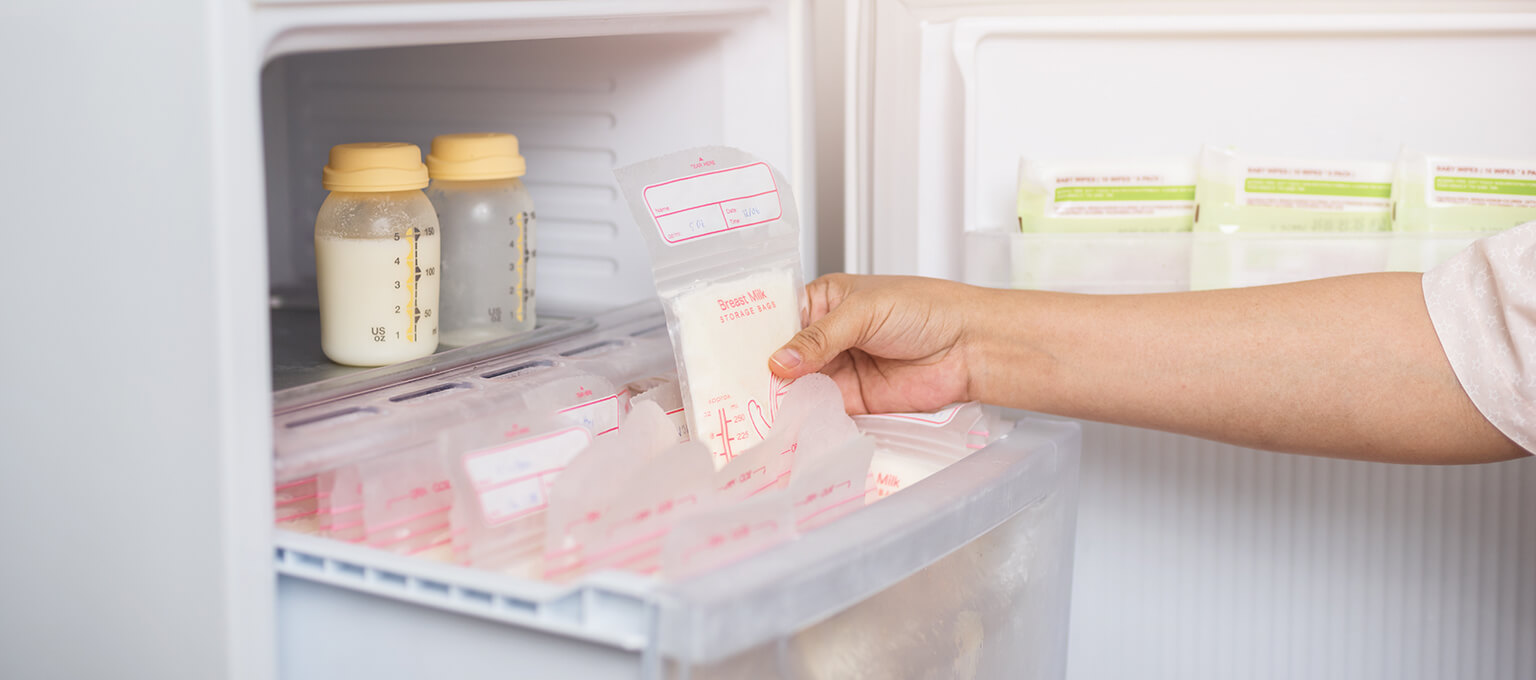
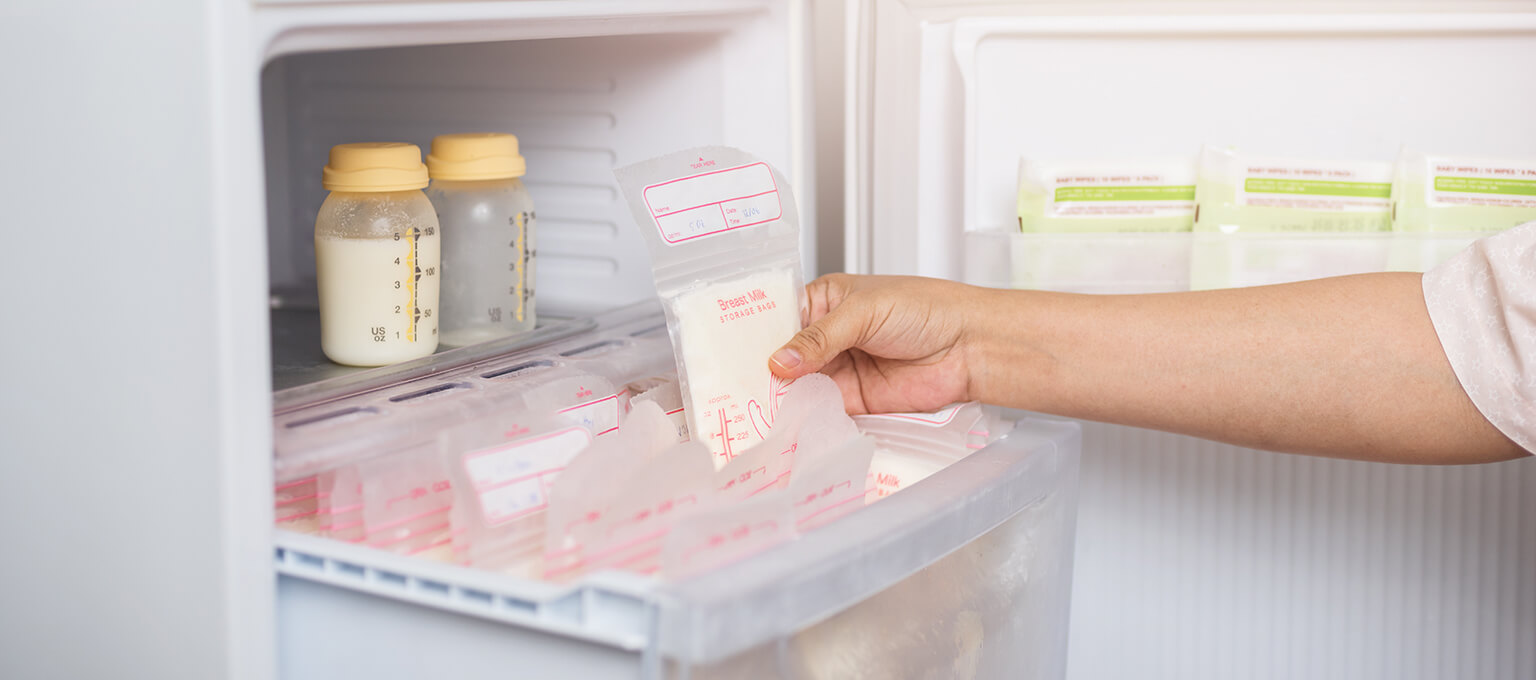

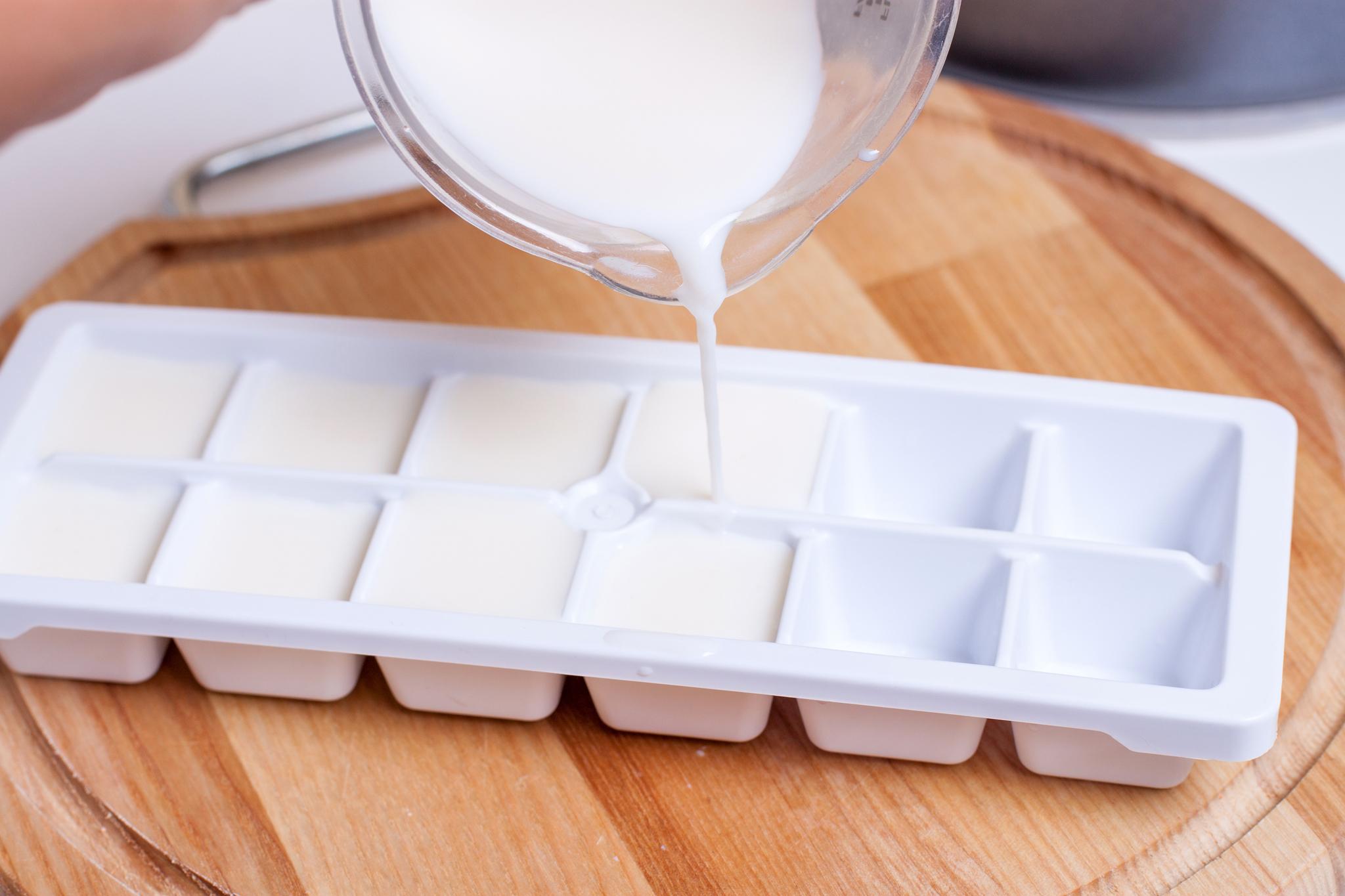
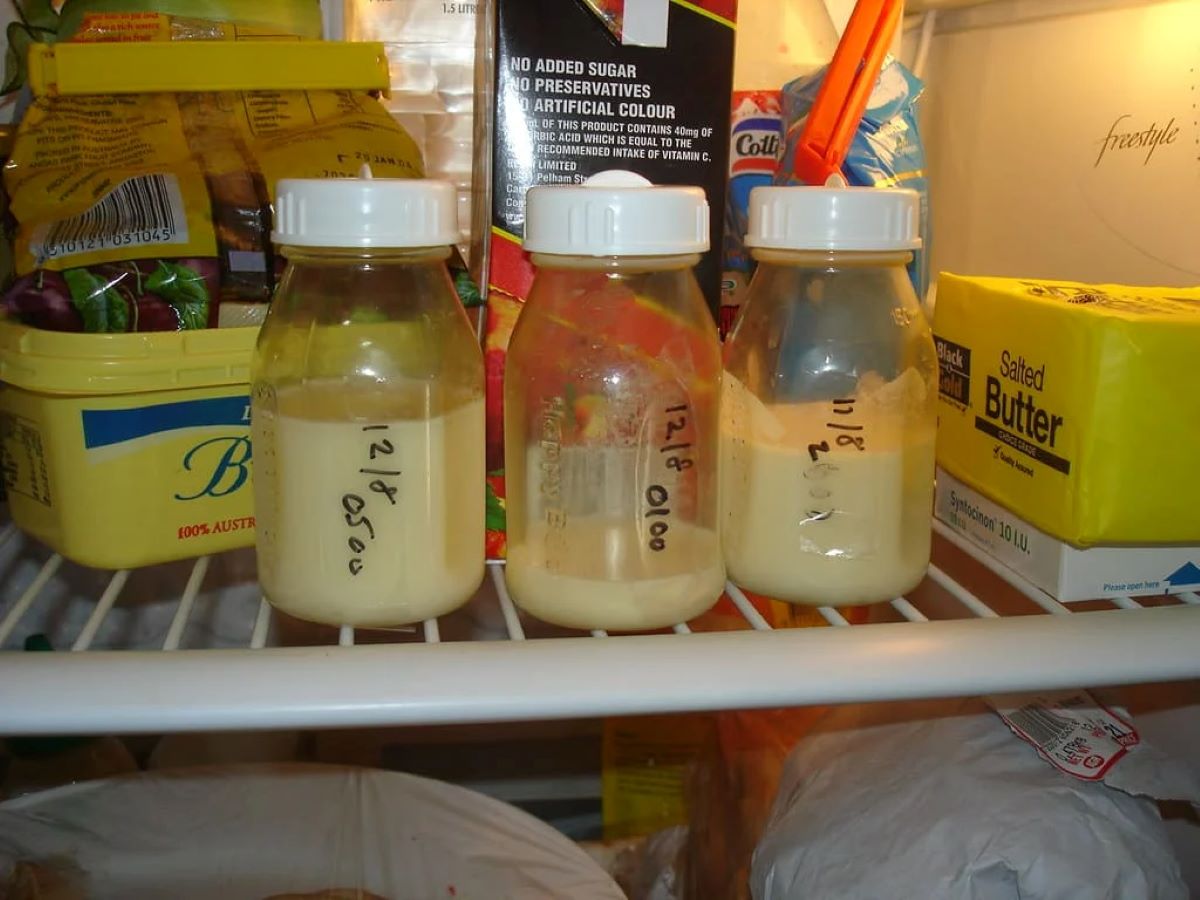
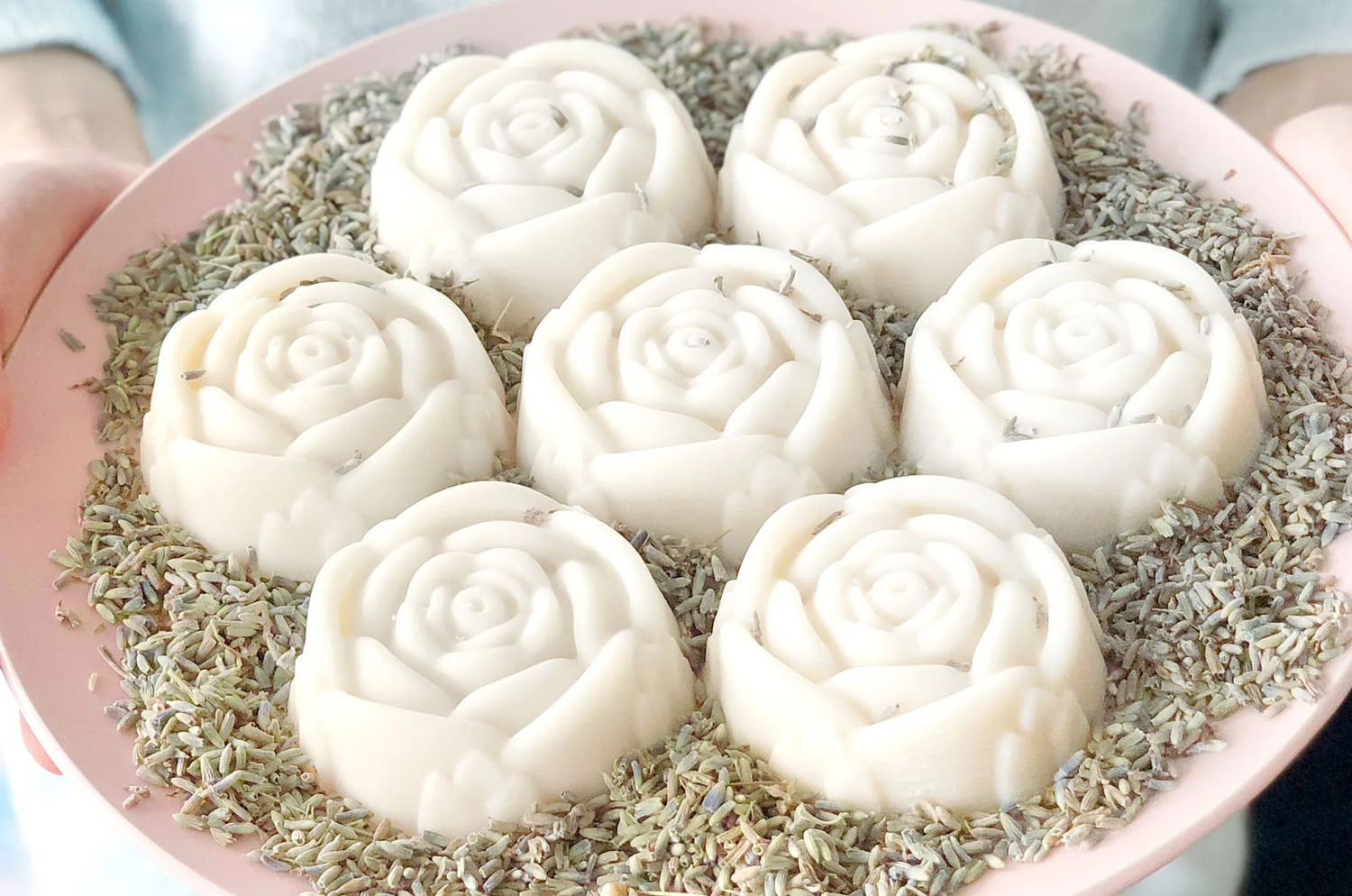
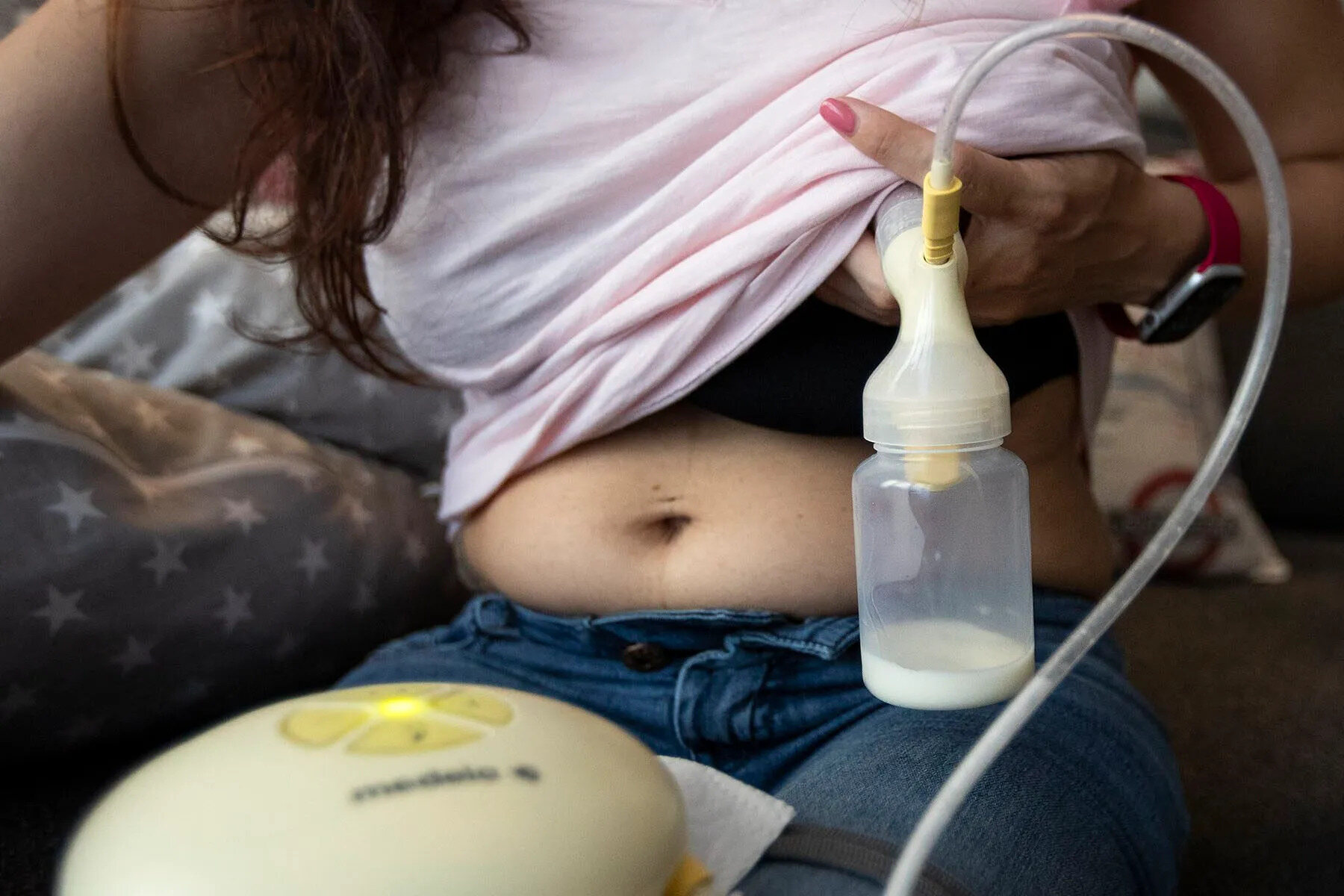
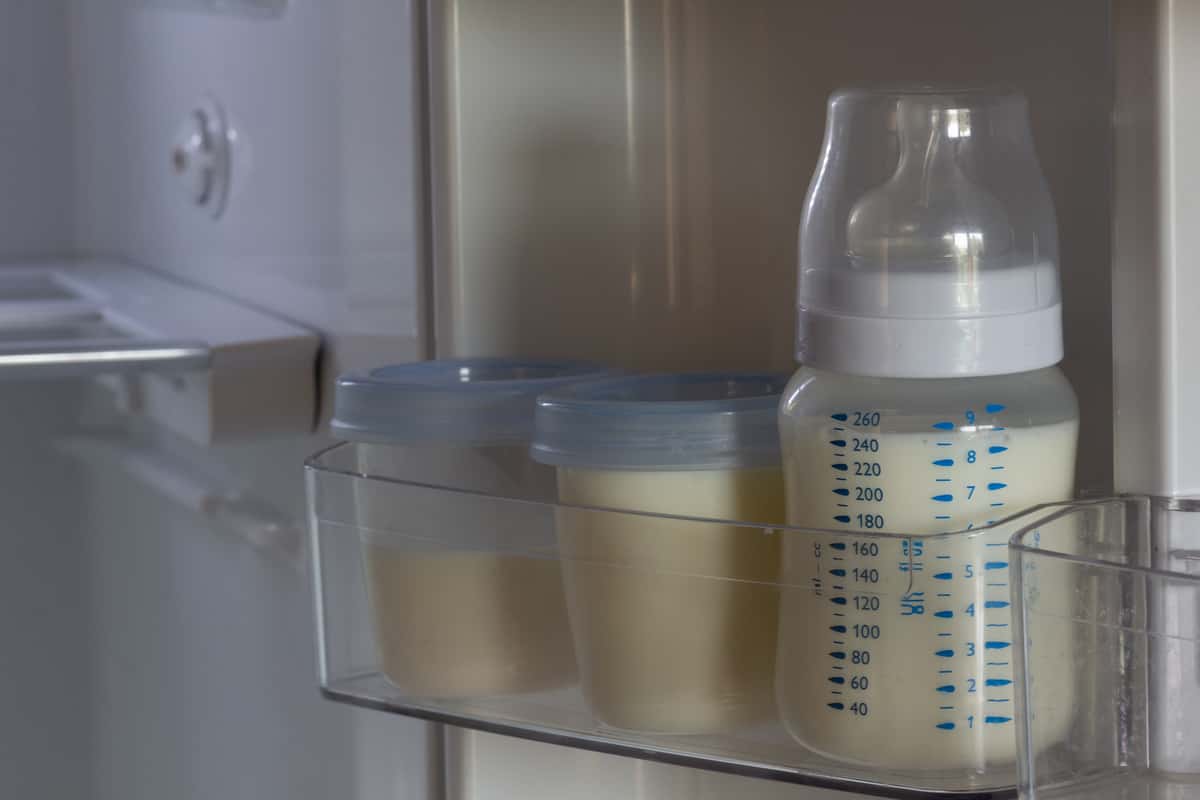
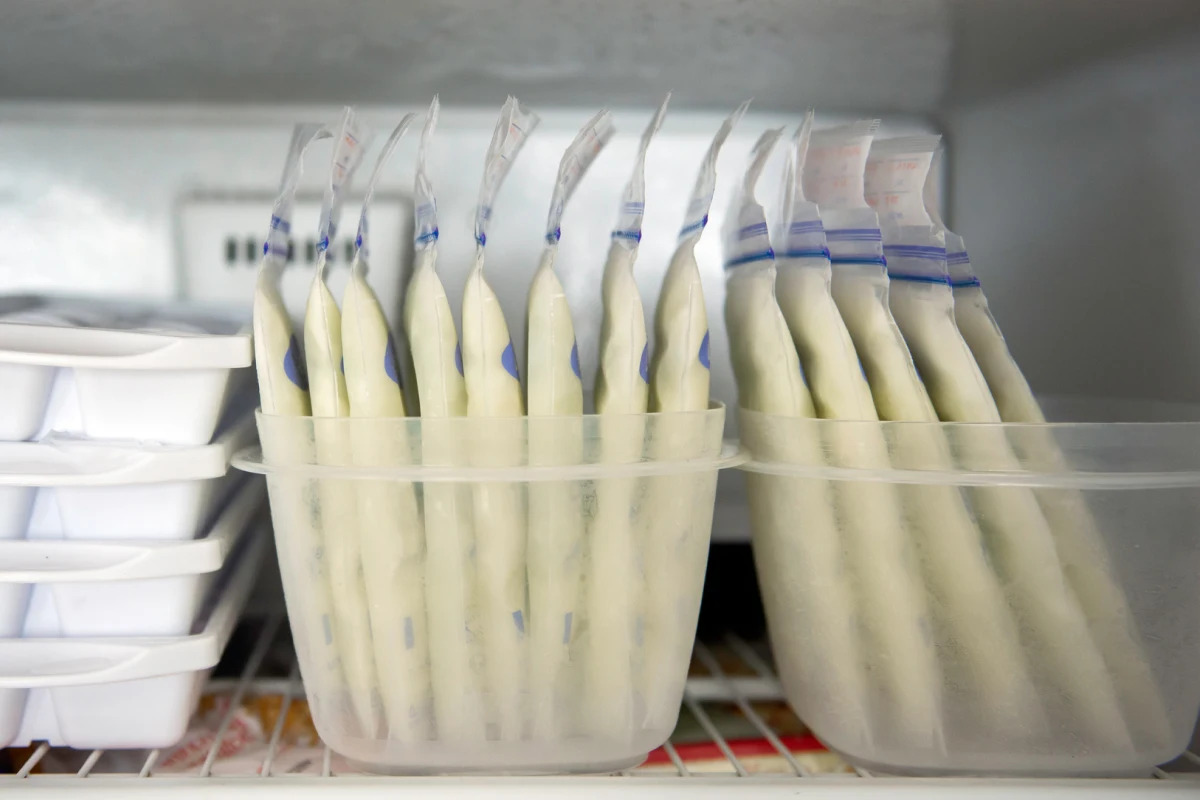
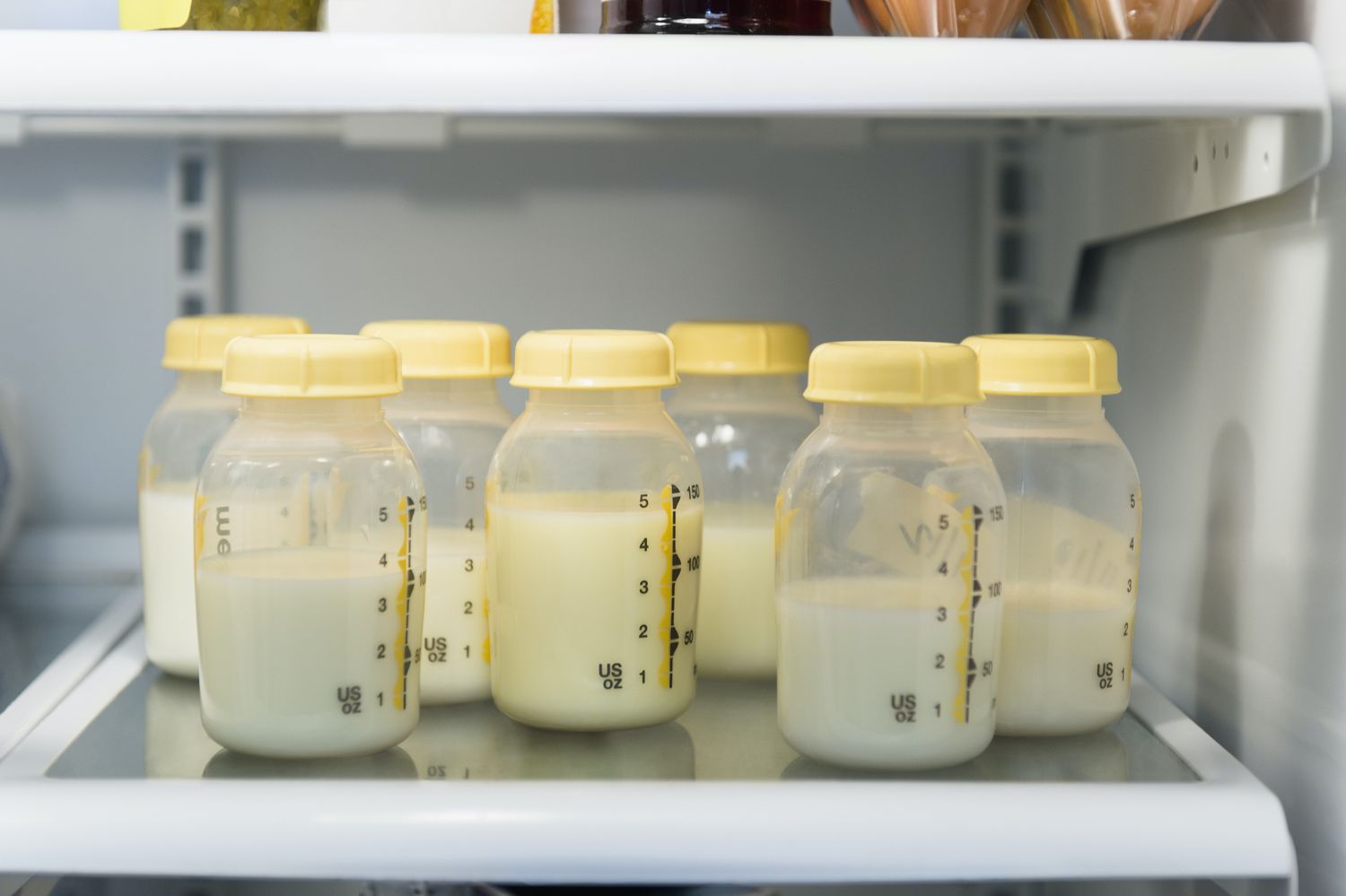
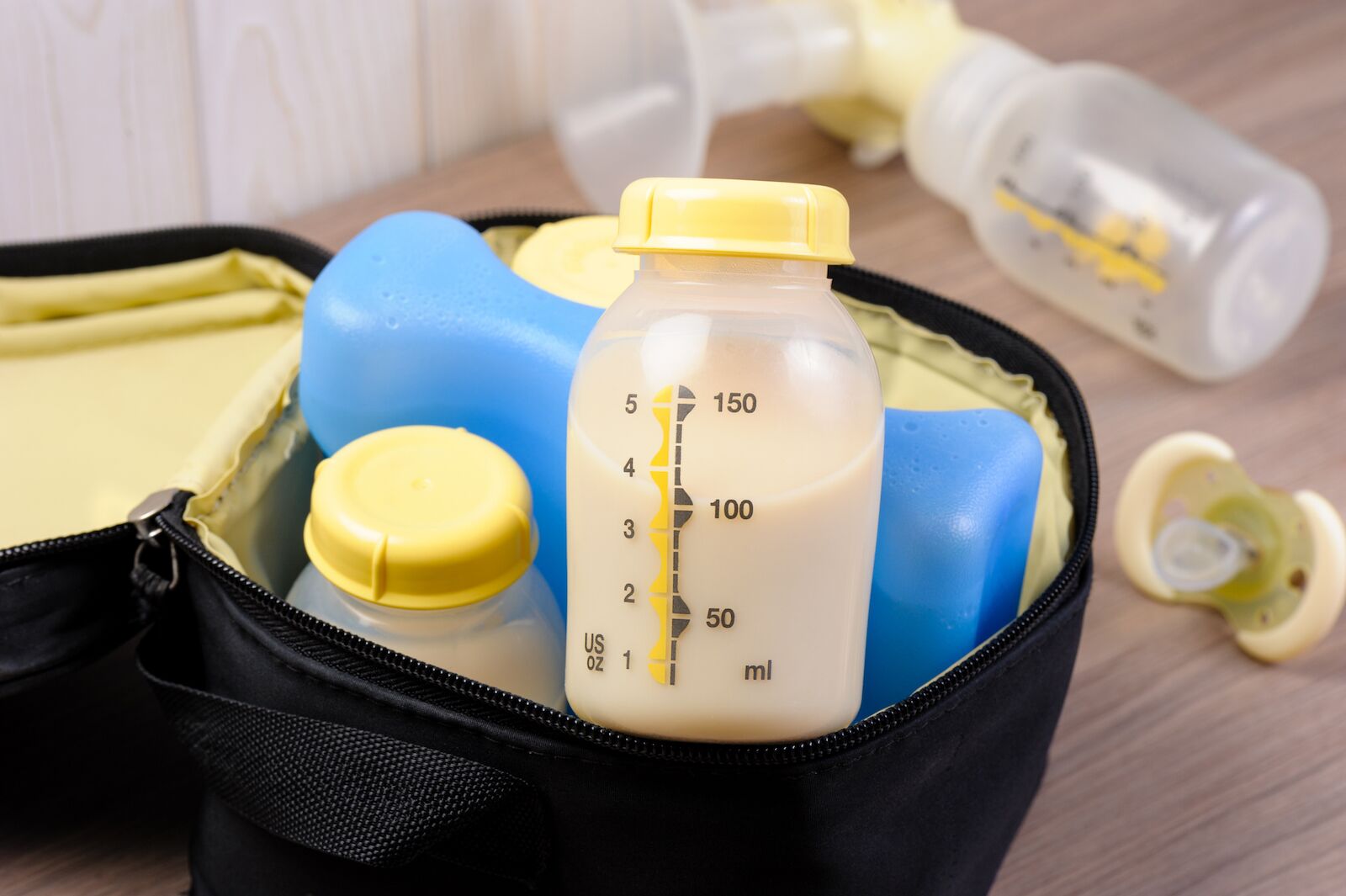
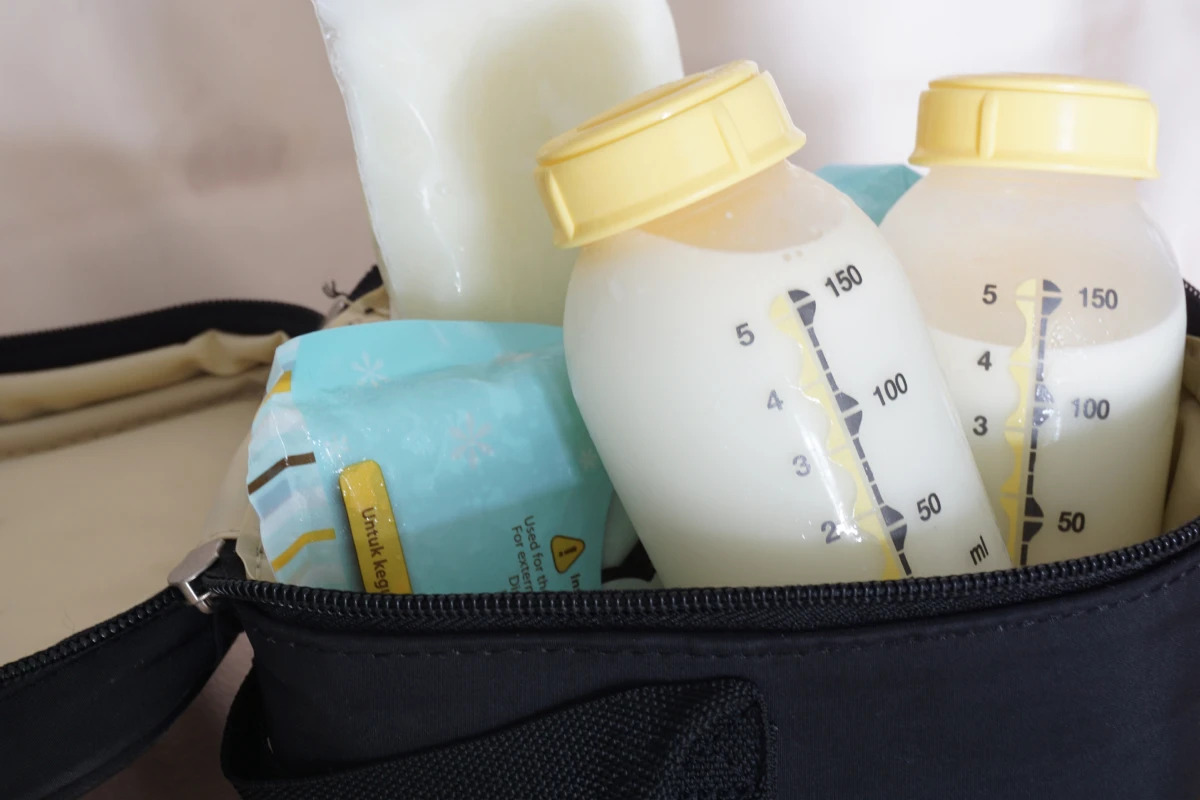
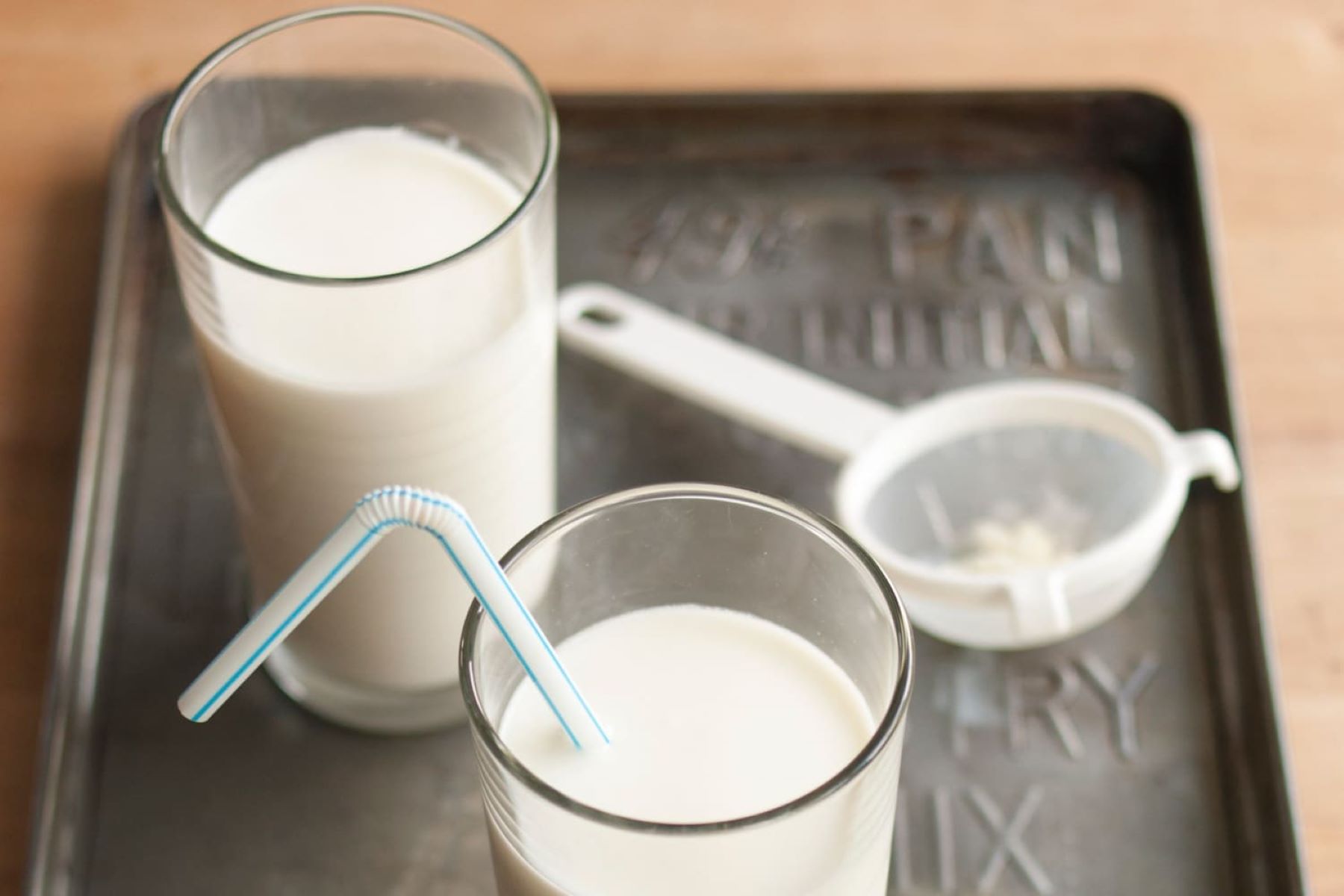

0 thoughts on “How Long Can Breast Milk Be In The Freezer”